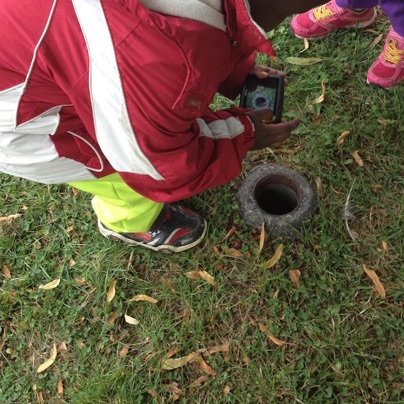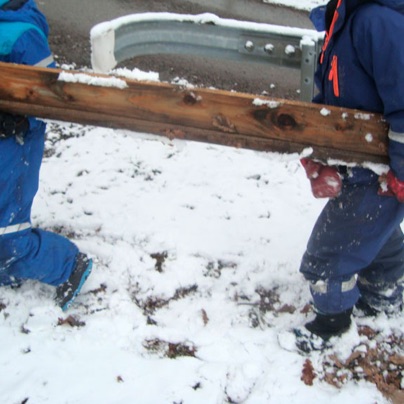

I have examined three different sites that strongly differ from each other. These sites are Malexander, a small village in the south of Östergötland, and the parlour of Örebro, Olaigatan. I personally have a strong connection to these two sites. The third site is Tuscany in Italy. I have visited this place only in my imagination and through other people’s photos. During ten days in April 2017, I travelled to Tuscany for the first time in my life to see how my estimated picture of the site was compared to reality.
As a whole, my work is about how these sites are described by the visual culture of rhetoric and discourse, and how others regard the sites. In today’s society, many different ranking lists flourish, which means that winners and losers are appointed. How does this affect the people who happen to live in the ‘scrapheap’ in comparison to ‘the expanding fields’? And how can knowledge of this lead to a more contemporary and urgent schooling?
Jag har undersökt tre olika platser som skiljer sig mycket ifrån varandra. Dessa platser är Malexander, en liten kyrkby i södra Östergötland och finrummet i Örebro, Olaigatan. De här två platserna har jag själv en stark koppling till. Den tredje platsen är Toscana i Italien. Denna plats har jag besökt mycket i min fantasi genom andras bilder av platsen. Under tio dagar i april 2017 reste jag till Toscana för första gången i mitt liv för att se hur den uppbyggda bilden överensstämde med min bild av verkligheten.
Mitt arbete handlar i sin helhet om hur dessa platser beskrivs genom den visuella kulturens retorik och diskurser samt genom andras blick av platserna. I dagens samhälle florerar många olika rankningslistor vilket medför att vinnare och förlorare utses. Vad gör det med människorna som råkar bo i “skräpytorna” kontra ’’de expansiva områdena’’. Hur kan kunskap om detta leda till en mer tidsenlig och angelägen pedagogik?







